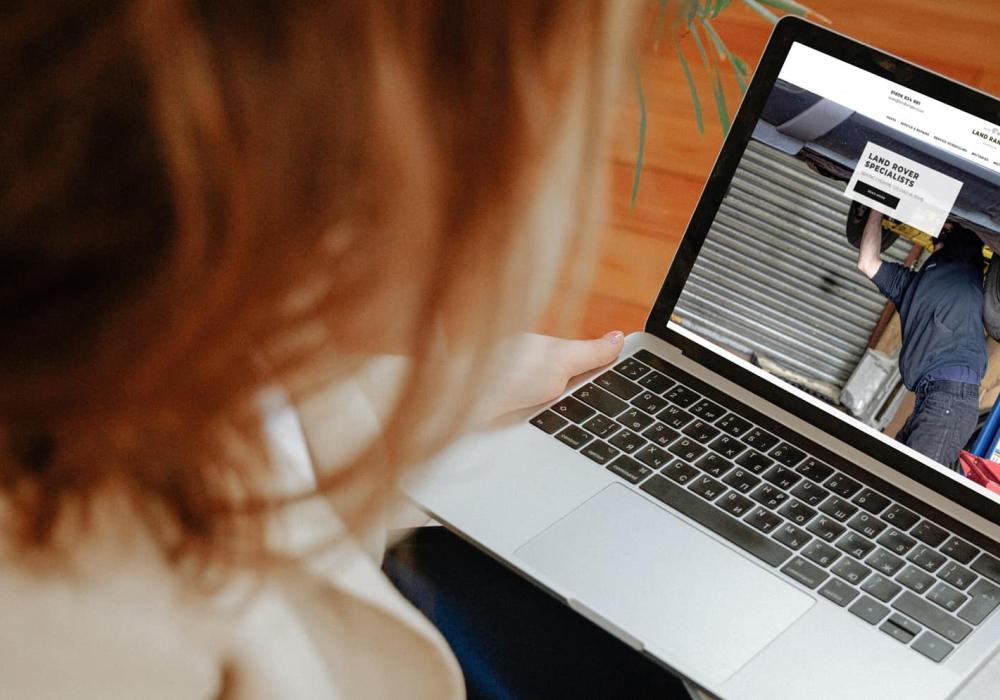Still Using Drupal 9? Here’s What You Should Know
If your website’s still running on Drupal 9, it’s worth knowing that support officially ended back in November 2023. That means no more bug fixes, security patches, or updates. It might be ticking along just fine for now — but without that backup, you’re wide open to issues.
Why Upgrading to Drupal 10?
It’s more than just fixing outdated stuff. Drupal 10 runs faster, feels easier to work with, and has been cleaned up under the hood. You get better tools for managing content and a more modern system powering everything in the background — it’s a solid step up from what came before.
You’ll also be building on a stronger, more future-proof setup. That’s important if you want your site to keep pace without needing major work again in a year or two.
What’s New?
- Better speed and responsiveness
- A modern content editor (CKEditor 5)
- Upgraded backend systems like Symfony and Twig
- A simplified admin theme (Claro)
- Easier image and file management
- Support for auto-updates on Composer-based setups
These changes aren’t just technical — they’ll save you time and make managing your site a bit less of a headache.
How Much Will It Cost?
It depends on your site — some upgrades are simple; others need more time. If your build is standard, the process might be quicker than you’d think. If it’s been heavily customised, there’s usually a bit more involved.
Start with a Site Audit
Every site is different, so the first step is to take a proper look under the hood. A quick audit lets us see what’s already working, what might need attention, and how much time and budget will realistically be involved. It’s a straightforward way to avoid surprises and make sure everything’s clear from the beginning.
Not Sure Where to Begin?
That’s totally normal. We’ve been upgrading Drupal sites for years and know there’s no one-size-fits-all approach. Whether your site needs a full refresh or just a few updates, we’ll walk you through the options — no pressure, no jargon.





